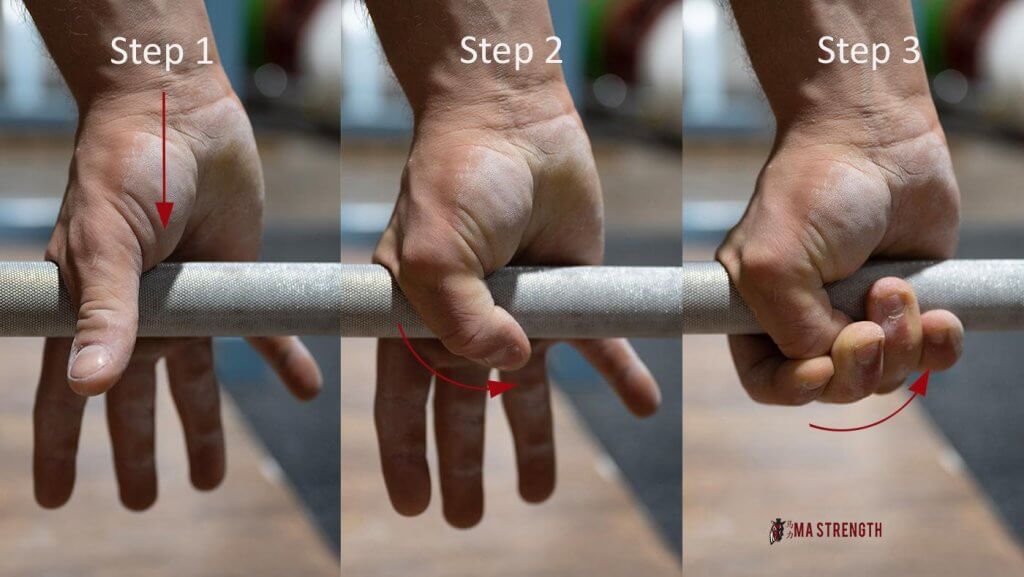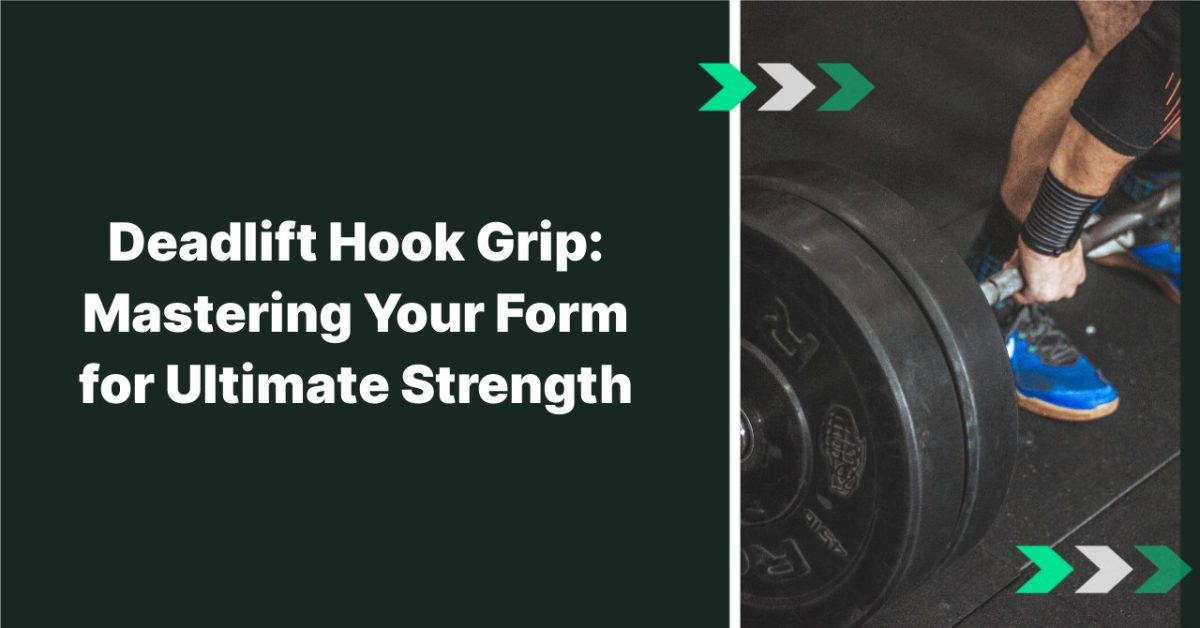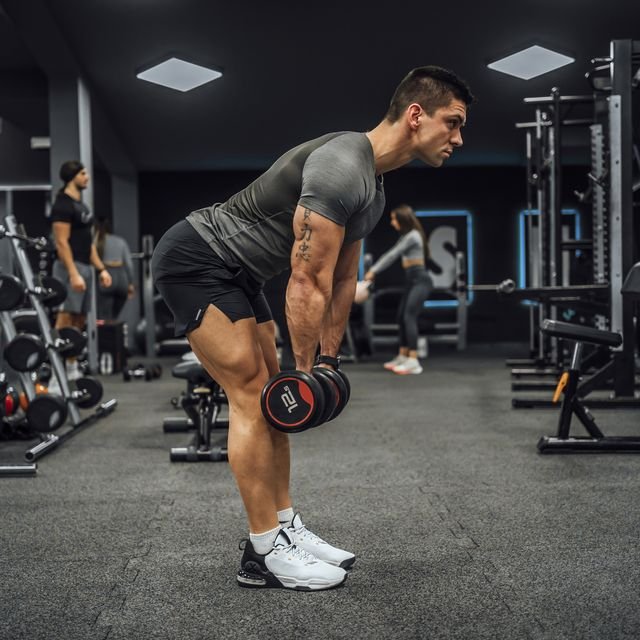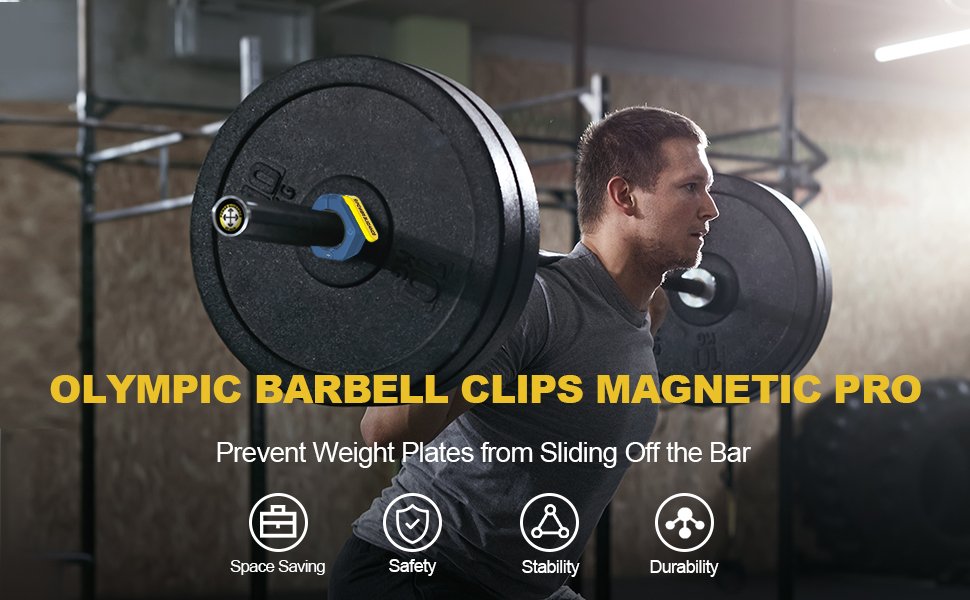The deadlift hookgrip is a hand positioning technique where fingers wrap over the thumb, enhancing grip strength during lifts. It is particularly useful for heavy deadlifts and Olympic lifting.
Mastering the deadlift hookgrip can significantly improve your weightlifting performance. Most lifters find this grip more secure and less prone to slipping, especially when working with heavier weights. The hookgrip allows for a stronger, more reliable hold, reducing the risk of barbell slippage and hand fatigue.
Aspiring powerlifters and Olympic weightlifters often adopt the deadlift hookgrip to maximize their lifting potential. Its effectiveness lies in the locked-in thumb placement, which distributes the weight more evenly across both hands. By using this technique, lifters can focus on their form and lifting mechanics, without the added worry of maintaining their grip.
The Basics Of Deadlift Hookgrip
The deadlift hookgrip is a gripping technique. Lifters wrap their fingers around the bar. Thumbs go under the fingers. This grip increases security and performance. It is used for heavy lifts. Let’s dive into how it powers your deadlift.
Anatomy Of A Powerful Grip
The hookgrip involves key muscles and fingers. The thumb, index, and middle fingers are crucial. They create a lock on the bar. This method reduces grip fatigue. It helps in maintaining a solid hold throughout the lift.
- Thumbs: Trapped against the bar by the fingers.
- Fingers: Overlap the thumb, securing it.
- Forearms: Engaged to bolster the grip.
Comparing Hookgrip To Other Deadlift Grips
The hookgrip is unique. Let’s compare it with others:
| Grip Type | Features | Suitability |
|---|---|---|
| Hookgrip | Thumb under fingers, reduced grip fatigue | Heavy lifts, experienced lifters |
| Overhand Grip | Palms facing lifter, thumbs around bar | Warm-ups, light to moderate lifts |
| Mixed Grip | One palm up, one palm down | Holding heavier weights, max lifts |
Each grip has its place. The hookgrip offers a balance of security and efficiency for continuous progress.

Credit: chineseweightlifting.com
Benefits Of Adopting The Hookgrip
Deadlifts challenge your entire body. A reliable grip ensures safety and power. The hookgrip, loved by weightlifters worldwide, is a technique offering a unique set of advantages for those looking to enhance their deadlift. It secures the bar in your hands, reduces injury risk, and helps you maximize performance. Let’s delve into why the hookgrip can be a game-changer for your lifting routine.
Enhanced Lifting Security
With the hookgrip, your thumb locks under your fingers. This grip strengthens your hold on the bar. It prevents the bar from rolling or slipping out of your grasp. Lifters can focus on form and power instead of worrying about their grip. Here’s how it offers a safer lift:
- Locks the bar: Your fingers trap your thumb against the bar.
- Better friction: Increased contact area between hand and bar.
- Uniform tension: Even grip force across both hands.
Reduced Risk Of Imbalances And Injuries
Imbalances and injuries can set lifters back. The hookgrip is key in prevention. By ensuring an even, bilateral grip, your body maintains alignment. This symmetry decreases the odds of muscle imbalances. It also tends to your weaker side, promoting balanced development. Discover the health perks of the hookgrip:
| Area | Benefit |
|---|---|
| Alignment | Encourages a straight,-neutral spine. |
| Muscle Growth | Equal work for both sides of the body. |
| Injury Prevention | Reduces strain on forearms and biceps. |
Step-by-step Guide To The Hookgrip Technique
Mastering the hookgrip technique is vital for enhancing your deadlift performance. This powerful grip style increases the security of the bar in your hands. It reduces the risk of slipping during heavy lifts. Follow this guide to perfect your deadlift hookgrip.
Proper Hand Placement And Thumb Positioning
Correct hand placement sets the foundation for a successful hookgrip. Begin by standing close to the bar. Position your feet at shoulder-width. Reach down without bending your legs.
- Place your hands on the bar. They should be just outside your legs.
- Wrap your thumbs around the bar first.
- Cover your thumbs with your fingers. Usually, the first two fingers will do.
This creates a lock around the bar.
Creating Tension And Securing The Bar
To lift effectively, create tension before the pull.
- Roll the bar close to your shins.
- Bend your knees slightly.
- Keep your chest up and back straight.
- Take a deep breath in and brace your core.
- Pull the slack out of the bar. The bar should touch the weight plates.
With a tight grip and tense body, you are ready to lift. Drive through your heels. Keep the bar close to your body as you stand up. Congratulations! You’ve completed a deadlift with the hookgrip.

Credit: chineseweightlifting.com
Common Challenges And Solutions
Mastering the deadlift hook grip can offer great strength benefits. Yet, this technique often brings unique challenges. Understanding common problems and implementing solutions is vital for progress. This section sheds light on those issues and provides practical tips to overcome them.
Dealing With Thumb Discomfort
The hook grip can lead to notable thumb discomfort. This is mainly due to the pressure of the barbell against the thumbs. To alleviate this pain, try these steps:
- Use athletic tape around the thump to provide cushioning.
- Start with lighter weights to get accustomed to the grip without excessive pain.
- Apply a numbing ointment pre-workout as a short-term solution.
Consistency will also help as your skin toughens up. This reduces the pain over time.
Strengthening Your Grip Over Time
To build a more substantial hook grip, focus on strengthening exercises. Here’s how:
| Exercise | Frequency | Benefit |
|---|---|---|
| Farmers Walks | Twice a week | Enhances grip endurance |
| Static Bar Holds | Once a week | Improves isometric strength |
| Plate Pinches | Daily | Builds thumb and finger power |
Consistency with these exercises will yield a stronger hook grip. Gradually increase the intensity for the best long-term results.
Incorporating Hookgrip Into Training Routines
Gaining strength in deadlifting requires mastering essential grips. The hookgrip is a technique that can significantly enhance pulling power and bar control. When incorporated properly, it can improve overall performance. Let’s explore how to weave the hookgrip into your fitness regimen.
Exercises To Build Grip Endurance
Building grip endurance is crucial for a successful hookgrip. Focus on exercises that challenge your grip over time.
- Bar hangs: Hang from a pull-up bar for as long as possible.
- Farmer’s walks: Carry heavy weights in each hand and walk a distance.
- Heavy deadlift holds: Hold the top position of a deadlift for time.
- Plate pinches: Pinch weight plates between your fingers and hold.
Include these exercises two to three times a week to boost your grip endurance.
When To Use The Hookgrip During Workouts
The hookgrip is ideal during specific training sets.
| Workout Type | Use of Hookgrip |
|---|---|
| Heavy deadlifts | Maximize grip security. |
| Olympic lifts | Improve bar control during explosive movements. |
| Pull variations | Reduce grip fatigue for better endurance. |
Implement the hookgrip progressively to adapt your fingers and thumbs to the pressure.

Credit: m.facebook.com
Real-world Insights From Seasoned Lifters
The Deadlift Hookgrip is a secret weapon in the arsenal of many seasoned lifters. Challenges give way to triumphs with proper technique and persistent practice. Exploring the personal journeys and professional insights of experienced athletes unpacks the mysteries of mastering the Hookgrip. Let’s dive in and learn from the best.
Personal Stories Of Hookgrip Success
Every champion was once a contender that refused to give up. Professionals share how the Hookgrip steered them to success. The secret lies not only in their strength but also in the grip that withstands the strain of heavy loads. Below, find powerful narratives of transformation and achievement, emboldened by the Hookgrip.
- Emma’s Journey: From dropping the bar at 200 lbs to a smooth lift of 350 lbs.
- Mike’s Breakthrough: Overcoming a plateau and hitting a new personal record.
- Anna’s Comeback: The Hookgrip was her ally in rehabilitation post-injury.
Professional Advice On Refining Technique
For those aiming to refine their Hookgrip, top trainers offer guidance. Their tips encapsulate years of hands-on expertise. Below is a compilation of actionable advice designed to enhance your technique.
| Tip | Explanation | Benefit |
|---|---|---|
| Finger Position | Wrap thumb, then fingers | Secure grip |
| Tension | Create tension before lift | Better form |
| Thumb Protection | Use tape for thumb | Prevent injuries |
| Practice | Start with lighter weights | Build endurance |
Frequently Asked Questions Of Deadlift Hookgrip
What Is A Deadlift Hook Grip Technique?
A deadlift hook grip involves wrapping the fingers around the barbell and then hooking the thumb underneath, securing it with the fingers. This grip increases bar security and reduces the risk of the bar rolling in your hands during heavy lifts.
Is A Hook Grip Better For Deadlifts?
For many lifters, the hook grip offers better grip strength and bar control compared to the traditional overhand grip. It’s especially favored in Olympic lifting and by those who deadlift heavy weights, as it minimizes the chance of the bar slipping.
How To Properly Execute A Hook Grip In Deadlifts?
To properly execute a hook grip, place your thumb around the bar first, followed by the index and middle fingers over the thumb. Ensure the grip is tight and secure before lifting. This technique may feel uncomfortable initially but provides a stronger, more stable hold.
Can Hook Grip Cause Thumb Pain?
Yes, initially, the hook grip can cause discomfort and even pain in the thumb due to the pressure of the bar. Over time, as the skin toughens and technique improves, the pain usually decreases. Proper thumb positioning and grip strength are key to reducing discomfort.
Conclusion
Embracing the deadlift hook grip can revolutionize your lifting technique, offering enhanced grip strength and reduced bar slippage. With consistent practice, your comfort and proficiency will surely grow. So, grab that barbell, set your grip, and unlock the full potential of your deadlift safely and effectively.
Your fitness journey deserves this game-changer.



